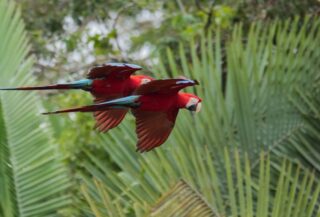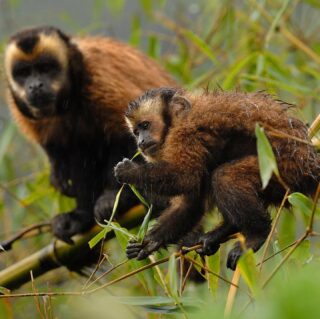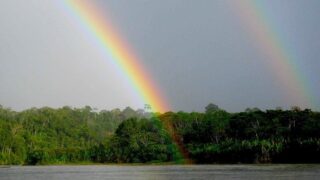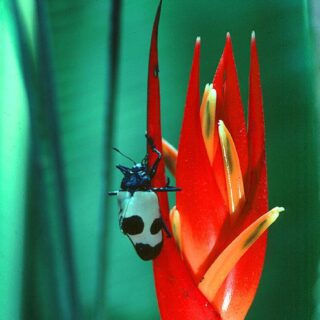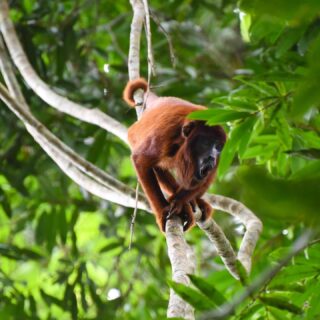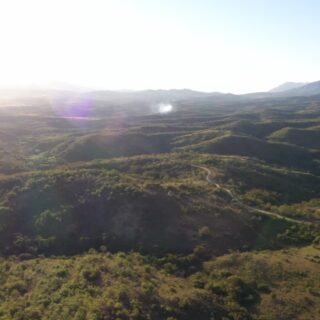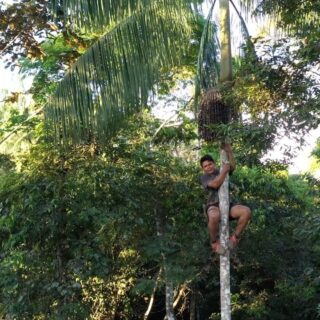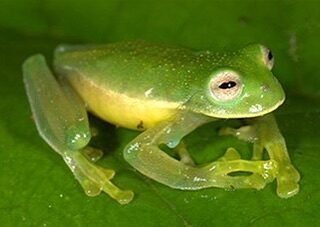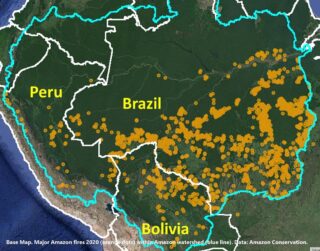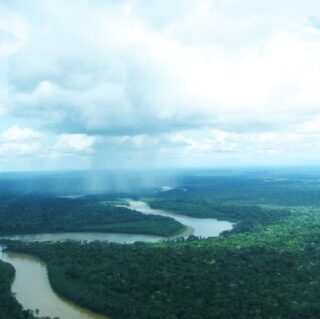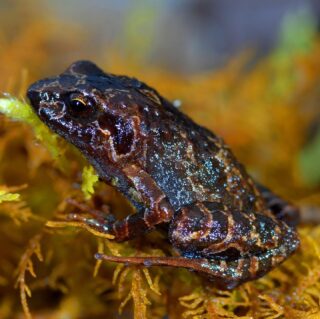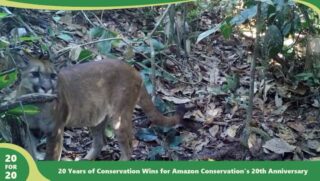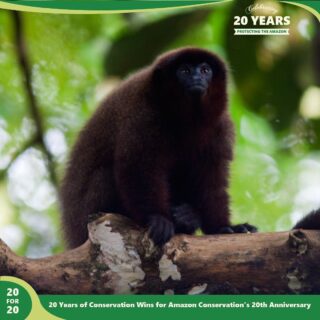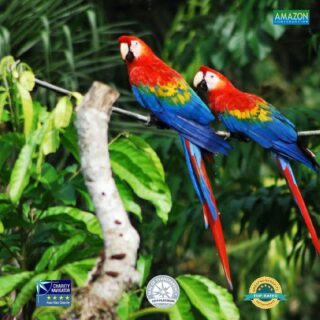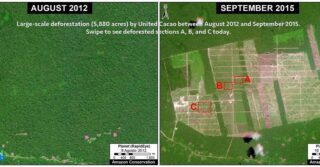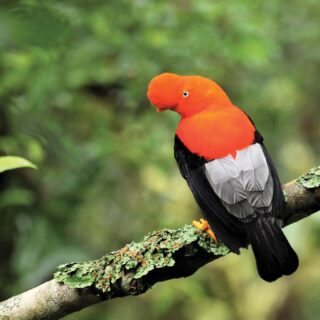New Species Discovered at our Manu Biological Station
December 18, 2024
Amazon Conservation’s biological research stations have housed several studies over the past two decades and have even contributed to the discovery of various new species, such as Noble’s pygmy frog, Sabin’s glass frog, and nine new beetle species. These stations offer a gateway for students and researchers to deepen their knowledge of species, habitats, and ecosystems that interconnect with the overall ecological health of the Amazon, which is crucial to exploring solutions to conservation challenges.
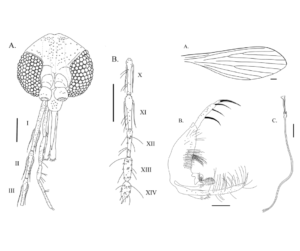 Now, as 2024 is coming to a close, we’re thrilled to share that another remarkable scientific breakthrough has taken place at our Manu Biological Station in the Peruvian Amazon!
Now, as 2024 is coming to a close, we’re thrilled to share that another remarkable scientific breakthrough has taken place at our Manu Biological Station in the Peruvian Amazon!
In late November, a team of researchers led by Sergio Méndez-Cardona and Olga L. Cabrera-Quintero identified a new species of sandfly: Trichophoromyia macrisae. This brings the total number of species of this genus to 47 in the Americas and 15 in Peru. Sandflies are key carriers of Leishmania, the parasite responsible for leishmaniasis, a disease with major public health impacts in tropical regions. By studying Trichophoromyia macrisae, researchers can uncover critical insights into disease transmission, helping to develop effective prevention strategies and save lives.
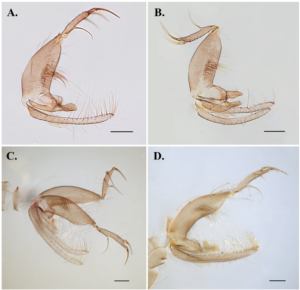 This discovery showcases the cutting-edge research and innovation taking place in the heart of the Amazon, opening new perspectives for studying tropical diseases and conserving our ecosystems. Each new species we uncover enhances our understanding of tropical ecosystems and highlights the vital role biodiversity plays in tackling global challenges, including those impacting human health.
This discovery showcases the cutting-edge research and innovation taking place in the heart of the Amazon, opening new perspectives for studying tropical diseases and conserving our ecosystems. Each new species we uncover enhances our understanding of tropical ecosystems and highlights the vital role biodiversity plays in tackling global challenges, including those impacting human health.
Read more about this discovery in the full study here!
We are incredibly grateful for the support of partners like you and the International Conservation Fund of Canada, which helped make this milestone possible. This just shows how your generosity can enable groundbreaking research, the development of advanced wildlife monitoring technologies, and innovative solutions that protect both biodiversity and human health.
Your contributions directly help advance the science and impact of our work, securing a healthier, thriving future for all. Protecting ecosystems helps safeguard the health of the Amazon, our planet, and all of us. Thank you for your continued support!

